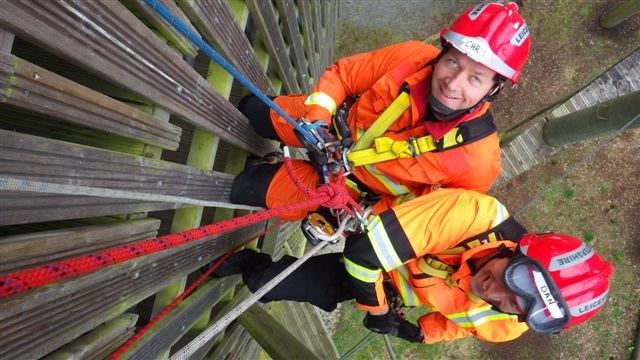
FACILITY
The facilities are set in a thirty-four acre site in the Snowdonia National Park, overlooking the Menai Straits. There are fifteen visitor bedrooms and associated facilities for up to twenty-four persons.
All residential course prices include fully catered accommodation. We have indoor rescue training facilities suitable for everything from basic ascent and descent to more complex rescue scenarios utilising steelwork and restricted space simulations in our extensive tunnel system.
On site there are 5 purpose built structures for training in rescue from man-made structures and restricted spaces. Alongside these we have a thirty metre rock-face, a forty metre deep quarry and a water filled quarry providing a variety of settings for realistic rope rescue and first responder training. We have close by numerous and varied water training venues for use in the Water Rescue programme.
Water Training Facilities
Outreach Rescue has access to a wide variety of high quality water venues to ensure we can provide our students with access to clean, challenging water conditions, that closely replicate the hydrological features rescuers may be forced to deal with operationally. It is the exposure to these conditions that is difficult for many organisations, so we endeavour to give students as much experience of them as possible while they are with us.
All venues have access agreements, risk assessments and rescue plans in place as appropriate. We have operated this training for over ten years and have had no reported health or hygiene issues in this time. The health and welfare of students in this environment is paramount and we monitor all venues on a continuous basis.
Rope & Casualty Management Training Facilities
Outreach have a range of training facilities on site together with many offsite venues close by. We can provide man made ascent and traverse structures, vertical shafts, confined space tunnels, steep ground, vertical quarries and much more! Many venues were designed specifically to replicate the problems found in real rescue situations and allow us to focus on the more complex elements. All venues carry full test certificates where appropriate and are fully risk assessed.
Working safely at height, as a rescue service that could be called to any environment, requires training to be carried out across the whole range of possibilities. We feel that we have the greatest range of training locations in the sector and, through continuous development, will endeavour to add new venues to challenge and develop our students.
INDUSTRY STANDARDS GENERALLY RECOMMEND RECERTIFICATION EVERY THREE YEARS. WE RECOMMEND RECERTIFICATION EVERY TWO YEARS TO MINIMISE SKILL DECAY, WHERE OPERATION OR TRAINING EXPOSURE IS LIMITED.
